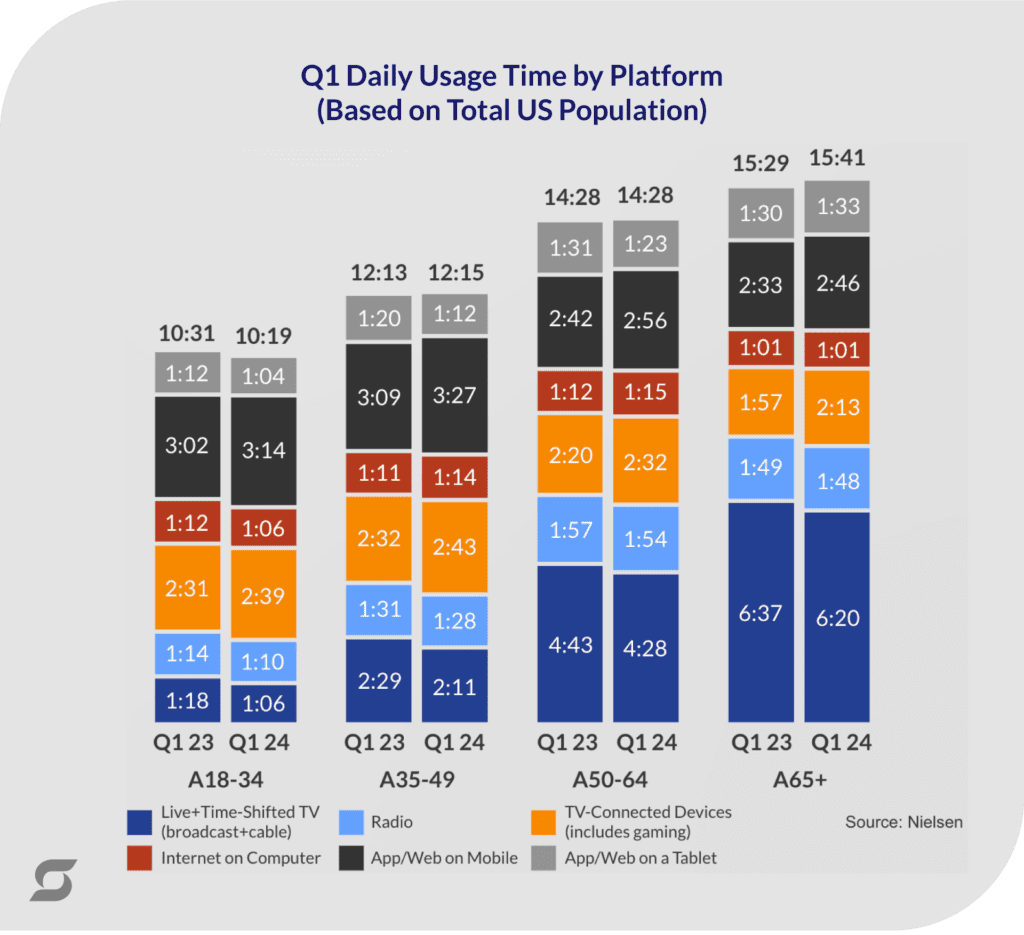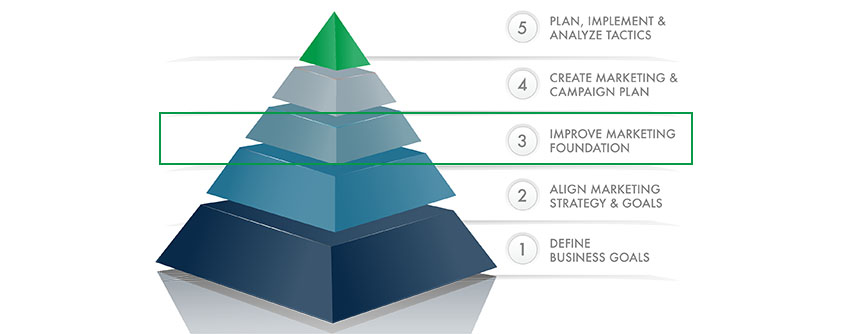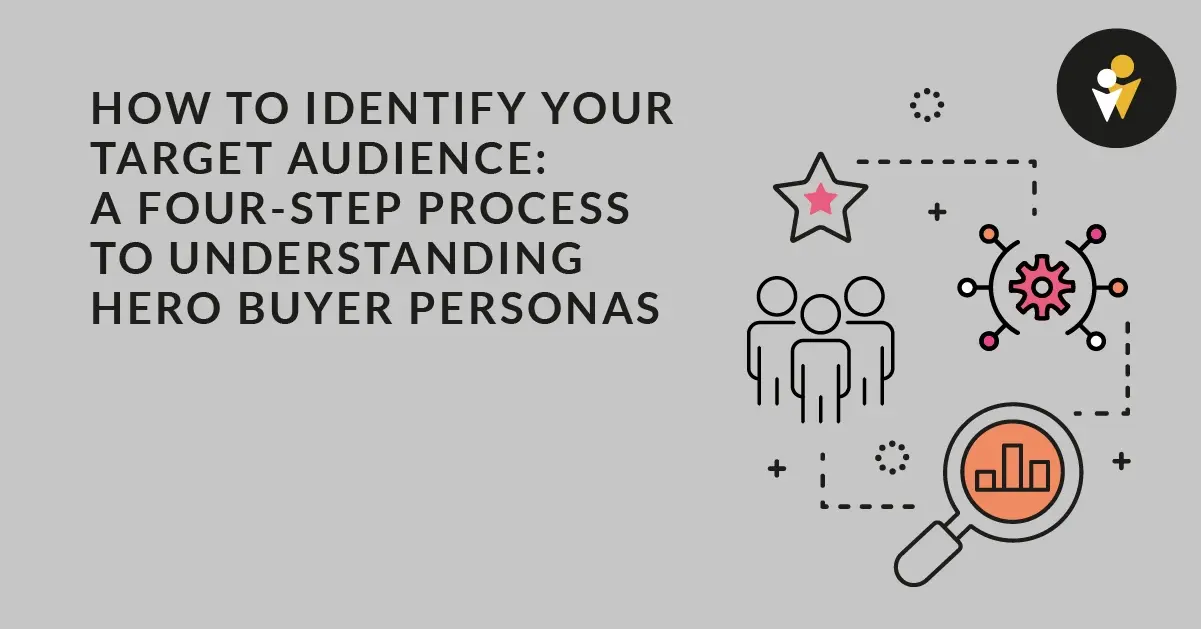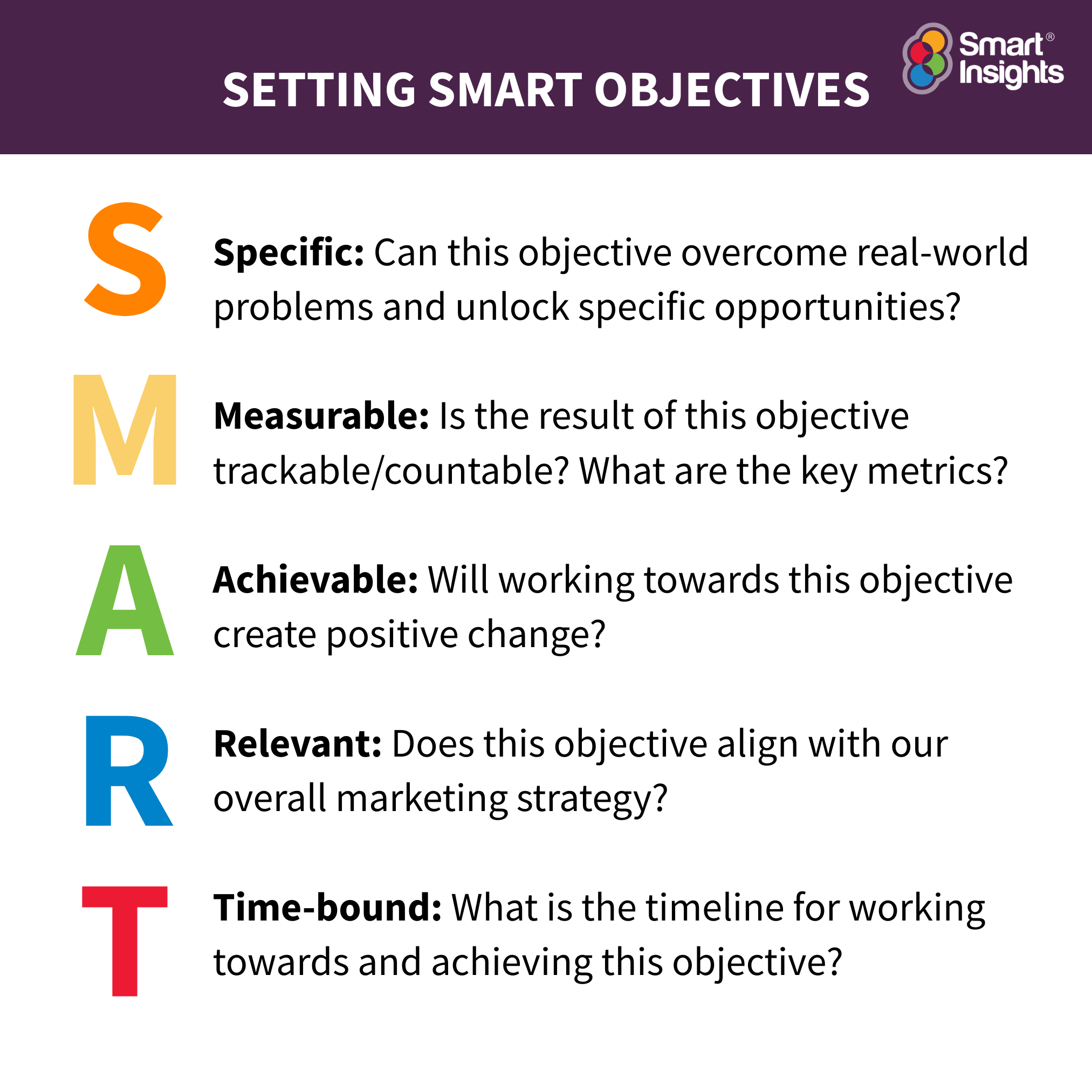In the dynamic digital landscape of 2024, content isn’t just king; it’s the entire kingdom. A robust content marketing strategy is no longer a luxury but a fundamental necessity for businesses aiming to connect with their audience, build brand authority, and drive sustainable growth. As consumer behavior evolves and search engine algorithms become more sophisticated, merely producing content isn’t enough. You need a meticulously planned, data-driven approach that ensures every piece of content serves a purpose, resonates with your target audience, and contributes to your overarching business objectives.
- Understanding Content Marketing in 2024: Beyond the Buzzwords
- Defining Your Audience and Goals: The Foundation of Any Content Strategy
- Developing Your Content Pillars and Topics: Building a Cohesive Content Ecosystem
- Identifying Core Content Pillars
- Conducting Thorough Keyword Research
- Brainstorming Content Ideas and Formats
- Crafting High-Quality, Engaging Content: The Art of Storytelling
- Focusing on Value and Relevance
- Mastering Different Content Formats
- The Power of Storytelling and Emotional Connection
- Optimizing Content for Search Engines (SEO Best Practices)
This comprehensive guide will demystify the process of developing an effective content marketing strategy for the modern era. We’ll delve into everything from defining your audience and setting measurable goals to leveraging cutting-edge AI tools and optimizing for search engines. By the end of this article, you will have a clear roadmap to create, distribute, and measure content that not only attracts but also converts and retains customers. Prepare to transform your content efforts from scattered initiatives into a powerful, integrated engine for success.

Understanding Content Marketing in 2024: Beyond the Buzzwords
Content marketing, at its core, is the strategic creation and distribution of valuable, relevant, and consistent content to attract and retain a clearly defined audience—and, ultimately, to drive profitable customer action. In 2024, this definition holds true, but the methods and expectations have significantly evolved. The sheer volume of content available means that only truly exceptional and strategically aligned pieces will cut through the noise.
Today’s content marketing demands a deeper understanding of user intent, personalization, and the integration of diverse content formats across multiple channels. It’s about building trust and establishing thought leadership, not just selling. Brands that succeed are those that consistently deliver genuine value, answer critical questions, and entertain their audience at every stage of their buyer’s journey.

The Evolving Landscape of Content Consumption
Consumers are increasingly discerning, seeking authentic and informative content that addresses their specific needs. They expect rich media experiences, including video, interactive tools, and immersive storytelling. Furthermore, the rise of voice search and AI-powered assistants means content must be structured to answer direct questions concisely. Successful content marketing in 2024 prioritizes user experience and accessibility above all else.
- Video Dominance: Short-form and long-form video continue to be primary consumption formats across platforms like TikTok, Instagram Reels, and YouTube.
- Audio Content: Podcasts and audio articles are growing, catering to on-the-go audiences.
- Interactive Experiences: Quizzes, polls, calculators, and interactive infographics boost engagement.
- Personalization: AI-driven tools allow for hyper-personalized content recommendations and experiences.
- Authority and Trust: In an age of misinformation, credible, well-researched content from authoritative sources is paramount.
- Demographics: Age, gender, income, location, education, occupation.
- Psychographics: Personality traits, values, attitudes, interests, lifestyles.
- Behavioral Data: Online activities, purchasing habits, content consumption patterns.
- Pain Points & Challenges: What problems do they need solutions for?
- Goals & Aspirations: What are they trying to achieve?
- Objections: What might prevent them from engaging with your brand or product?
- Brand Awareness: Increase organic traffic, social media reach, brand mentions.
- Lead Generation: Generate qualified leads, increase form submissions, grow email subscribers.
- Customer Acquisition: Drive product sign-ups, increase sales conversions.
- Customer Retention & Loyalty: Improve customer engagement, reduce churn, foster community.
- Thought Leadership: Rank for industry keywords, secure speaking opportunities, earn media mentions.
- Search Engine Optimization (SEO): Covering topics like keyword research, link building, technical SEO.
- Social Media Marketing: Strategies for different platforms, community management, paid social.
- Email Marketing: List building, segmentation, campaign automation, copywriting.
- Content Creation: Blogging, video production, graphic design, copywriting best practices.
- Head Terms: Broad, high-volume keywords (e.g., “content marketing”). These are good for pillar pages.
- Long-Tail Keywords: More specific phrases with lower volume but higher intent (e.g., “how to measure content marketing ROI for B2B”). These are excellent for blog posts and FAQs.
- Semantic Keywords: Related terms and synonyms that provide context to your primary keywords.
- Blog Posts & Articles: How-to guides, listicles, ultimate guides, opinion pieces, case studies.
- Videos: Tutorials, vlogs, interviews, product demos, animated explainers.
- Infographics: Data visualization, step-by-step processes.
- Podcasts: Interviews, industry news, deep dives.
- Ebooks & Whitepapers: Comprehensive guides, research reports, thought leadership pieces.
- Webinars & Online Courses: In-depth learning experiences.
- Interactive Content: Quizzes, calculators, polls.
- Social Media Content: Short-form videos, carousels, stories, live streams.
- Originality: Offer unique perspectives or deeper insights than competitors.
- Accuracy: Ensure all facts, figures, and claims are verified and up-to-date.
- Depth: Go beyond surface-level information. Provide comprehensive answers.
- Actionability: Give readers clear steps or takeaways they can implement.
- Blog Posts: Structure with clear headings (H2, H3), short paragraphs, bullet points, and strong calls to action. Use captivating introductions and strong conclusions.
- Videos: Focus on strong visuals, clear audio, concise scripting, and a compelling narrative. Add subtitles for accessibility.
- Infographics: Prioritize visual hierarchy, use minimal text, and ensure data is easy to understand at a glance.
- Podcasts: Invest in good audio quality, plan engaging interviews or discussions, and provide clear takeaways.
- Keyword Integration: Naturally weave your primary and secondary keywords into the title, introduction, body, and conclusion. Avoid keyword stuffing, which can harm your rankings.
- Meta Title & Description: Craft compelling meta titles (under 60 characters) and meta descriptions (under 160 characters) that include your primary keyword and entice users to click.
- URL Structure: Create short, descriptive, and keyword-rich URLs.
- Header Tags (H1, H2, H3): Use H1 for your main title, and H2s and H3s to structure your content logically, incorporating relevant keywords. This improves readability and signals content hierarchy to search engines.
- Image Optimization: Use descriptive filenames and alt text for all images. Alt text helps search engines understand the image content and improves accessibility for visually impaired users.
- Image Alt Text Example: `<img src

Defining Your Audience and Goals: The Foundation of Any Content Strategy
Before you write a single word or produce any video, a clear understanding of who you’re talking to and what you want to achieve is non-negotiable. This foundational step dictates every subsequent decision in your content marketing strategy. Without it, your content will lack direction, relevance, and impact.

Identifying Your Target Audience with Buyer Personas
A buyer persona is a semi-fictional representation of your ideal customer, based on market research and real data about your existing customers. Developing detailed personas helps you understand their demographics, psychographics, pain points, motivations, goals, and preferred communication channels.
To create effective buyer personas, consider the following:
Example: If you sell project management software, one persona might be “Marketing Manager Melissa,” struggling with team collaboration and missed deadlines, looking for intuitive tools to streamline workflows.

Setting SMART Content Marketing Goals
Once you know your audience, define what success looks like. Your goals should be SMART: Specific, Measurable, Achievable, Relevant, and Time-bound. Vague goals like “get more traffic” won’t provide a clear direction or allow you to track progress effectively.
Common content marketing goals include:
Example: Instead of “get more leads,” a SMART goal would be: “Increase qualified marketing-sourced leads by 15% through blog content and lead magnets by the end of Q3 2024.”
Developing Your Content Pillars and Topics: Building a Cohesive Content Ecosystem
With your audience and goals firmly established, the next step is to define the core themes and topics that will form the backbone of your content strategy. These are your content pillars, and they ensure your content remains consistent, relevant, and aligned with your brand’s expertise.
Identifying Core Content Pillars
Content pillars are broad, overarching themes that directly relate to your audience’s needs and your business offerings. They act as categories under which all your specific content pieces will fall. Think of them as the main sections of a library dedicated to your niche.
For a digital marketing agency, pillars might include:
Key takeaway: Your content pillars should reflect your core competencies and address your audience’s primary challenges.
Conducting Thorough Keyword Research
Keyword research is the cornerstone of an effective content strategy. It reveals what your target audience is actively searching for, their intent behind those searches, and the competitive landscape. Tools like SEMrush, Ahrefs, Google Keyword Planner, and even Google’s “People Also Ask” section are invaluable here.
Focus on a mix of:
Map these keywords to your content pillars and the buyer’s journey stages (awareness, consideration, decision). This ensures you have content for every stage, guiding potential customers through your funnel.
Brainstorming Content Ideas and Formats
Once you have your pillars and keywords, start brainstorming specific content ideas. Don’t limit yourself to blog posts. Consider a diverse range of formats to keep your audience engaged and cater to different preferences.
Internal Link Suggestion: For a deeper dive into keyword research, check out our guide on Advanced SEO Keyword Research Techniques.
Crafting High-Quality, Engaging Content: The Art of Storytelling
Even the best strategy falls flat without exceptional content. High-quality content is informative, engaging, well-researched, and formatted for readability. It should provide genuine value and leave the reader feeling more knowledgeable or inspired.
Focusing on Value and Relevance
Every piece of content you create should answer a question, solve a problem, or entertain your audience. Avoid creating content for content’s sake. Ask yourself: “Does this content genuinely help my target persona?”
Mastering Different Content Formats
Each content format has its strengths. Tailor your message and delivery to suit the chosen medium.
The Power of Storytelling and Emotional Connection
People remember stories more than facts. Incorporate storytelling elements into your content to make it more memorable and relatable. Share customer success stories, behind-the-scenes glimpses, or narratives that illustrate a concept. Emotional connection fosters loyalty and engagement far more effectively than purely transactional content.
External Link Suggestion: Learn more about the psychology of storytelling in marketing from resources like HubSpot’s guide on storytelling.
Optimizing Content for Search Engines (SEO Best Practices)
Even the most brilliant content won’t achieve its full potential if it can’t be found. Search Engine Optimization (SEO) is crucial for ensuring your content ranks highly in search results, driving organic traffic to your website. Integrating SEO throughout your content creation process is vital for a robust content marketing strategy.
On-Page SEO Essentials
On-page SEO refers to optimizing individual web pages to rank higher and earn more relevant traffic in search engines.


